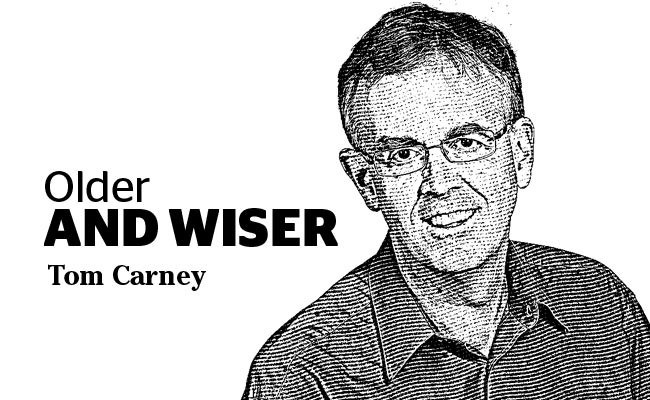By now most of my readers will be familiar with Fran Flann's story.
Flann is an 82-year-old North Vancouver senior who was hospitalized and then found herself in a homeless shelter after temporary funding from Vancouver Coastal Health to stay at the Grouse Inn ran out. While in hospital she lost her job and her landlord began to treat her apartment for a bedbug infestation. That's the story.
Here's my question: What would the cost have been to keep her at the motel until the renovations to her suite were complete?
A few strokes on my keyboard reveal that a room can be had at the Grouse Inn for as little as $69 a night. Sixty nine bucks. Including breakfast. That amount of funding was nowhere to be found. Not by the local community agency that was working with Flann, not by the nurse practitioner or the home care support worker or the social worker, or any of the other staff that Flann came into contact with at VCH, not by BC Housing or most tellingly not by Flann herself.
That all changed when the story hit the media.
Thanks to the kindness of strangers and the work done by her support team the worst days for Flann are likely behind her. The concern here is that Flann's story is symptomatic of the problems faced by a growing number of seniors in the region. We call them seniors on the margin.
The majority of them are women. They are most likely widowed, separated or divorced, tenants, recent immigrants, without private pension coverage, and current or former low-wage earners with a modest education.
A little more than 26 per cent of all senior-led households in Canada rent their homes. In Metro Vancouver approximately 60 per cent of unattached senior renters spend 30 per cent or more of their income on housing while 26 per cent spend 50 per cent or more. Those in that latter group are considered to be at extreme risk of homelessness. We want to keep seniors in their homes, reduce the growing number of seniors on social housing wait lists and in shelters, and make housing more affordable.
We've got policies, programs, big picture planning and forward-thinking galore to help us achieve those goals. What we don't have is a buy-in from all three levels of government. If there really are 600,000 seniors living in poverty in Canada - a newly revised figure that comes to us from Statistics Canada - we need to address that as well.
In Canada poverty rates among seniors have been on the rise after 30 years of steady decline.
Maybe it's time to think outside the box here. How could we best help the poor? We could give them more money. With no strings attached.
France and Austria both do that and they have had more success in reducing poverty than Canada has. We could start by adjusting the B.C. Seniors Supplement for low-income individuals; it hasn't been increased for the past 25 years.
Federally, there's the idea of a guaranteed living wage.
Putting cash into the pockets of the poor wouldn't work for everyone. We would still need to tailor our resources to an individual's circumstances, especially in cases involving mental health and addiction. But if the poorest of the poor seniors had more money in their wallets it's likely that fewer of them would be showing up at our emergency departments, shelters and foodbanks and more of them could live with the dignity that they deserve.
Tom Carney is the former executive director of the Lionsview Seniors' Planning Society. Ideas for future columns are welcome. [email protected]



